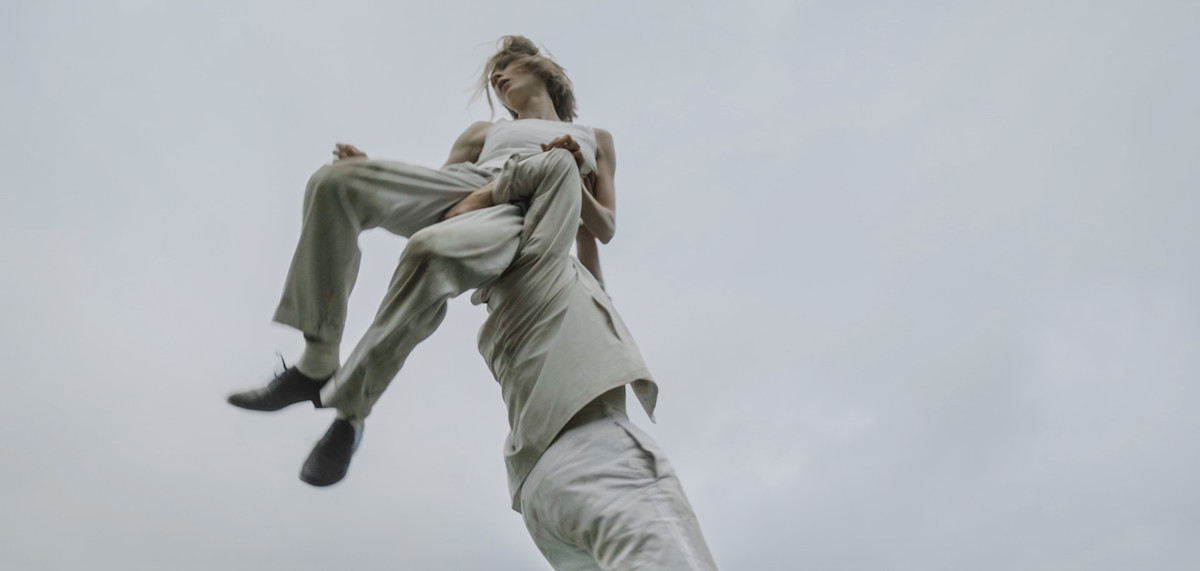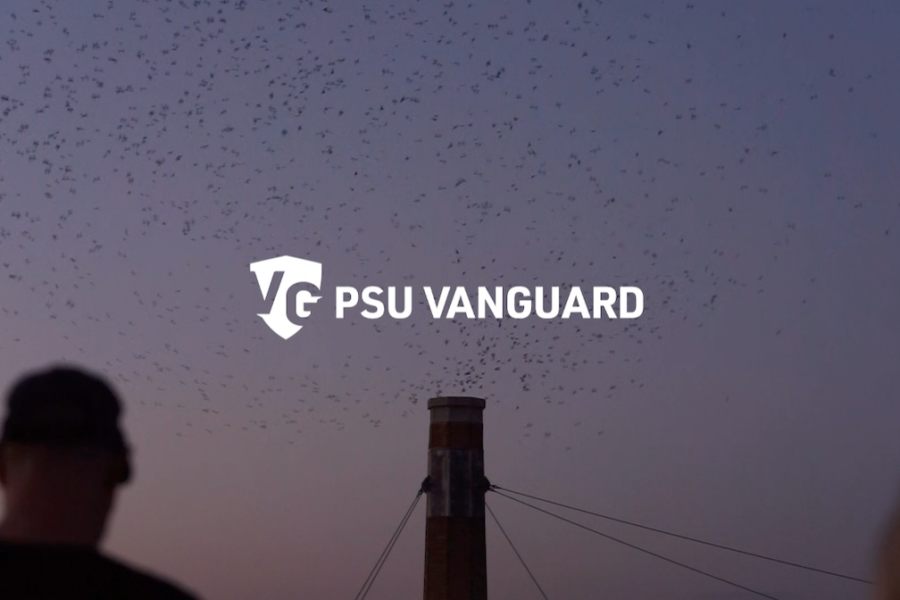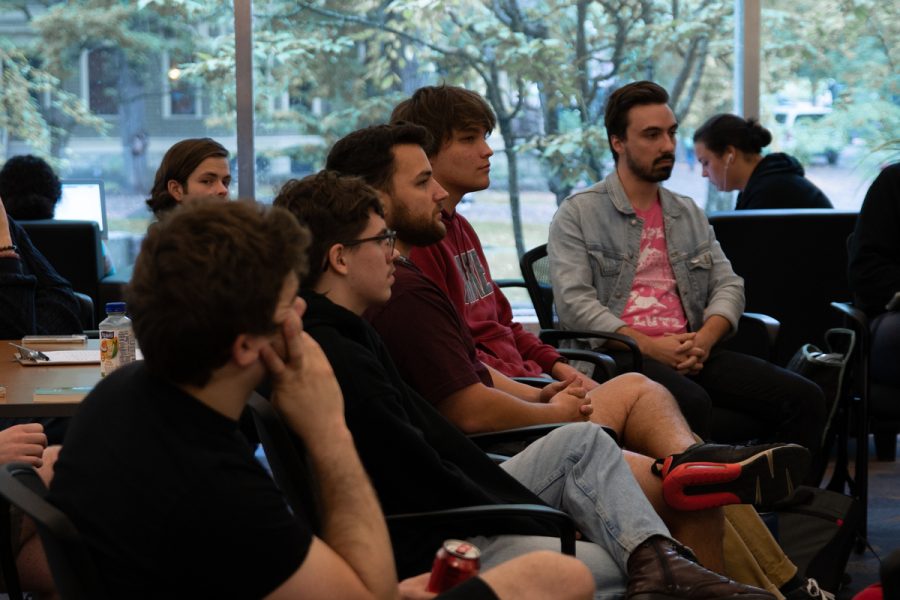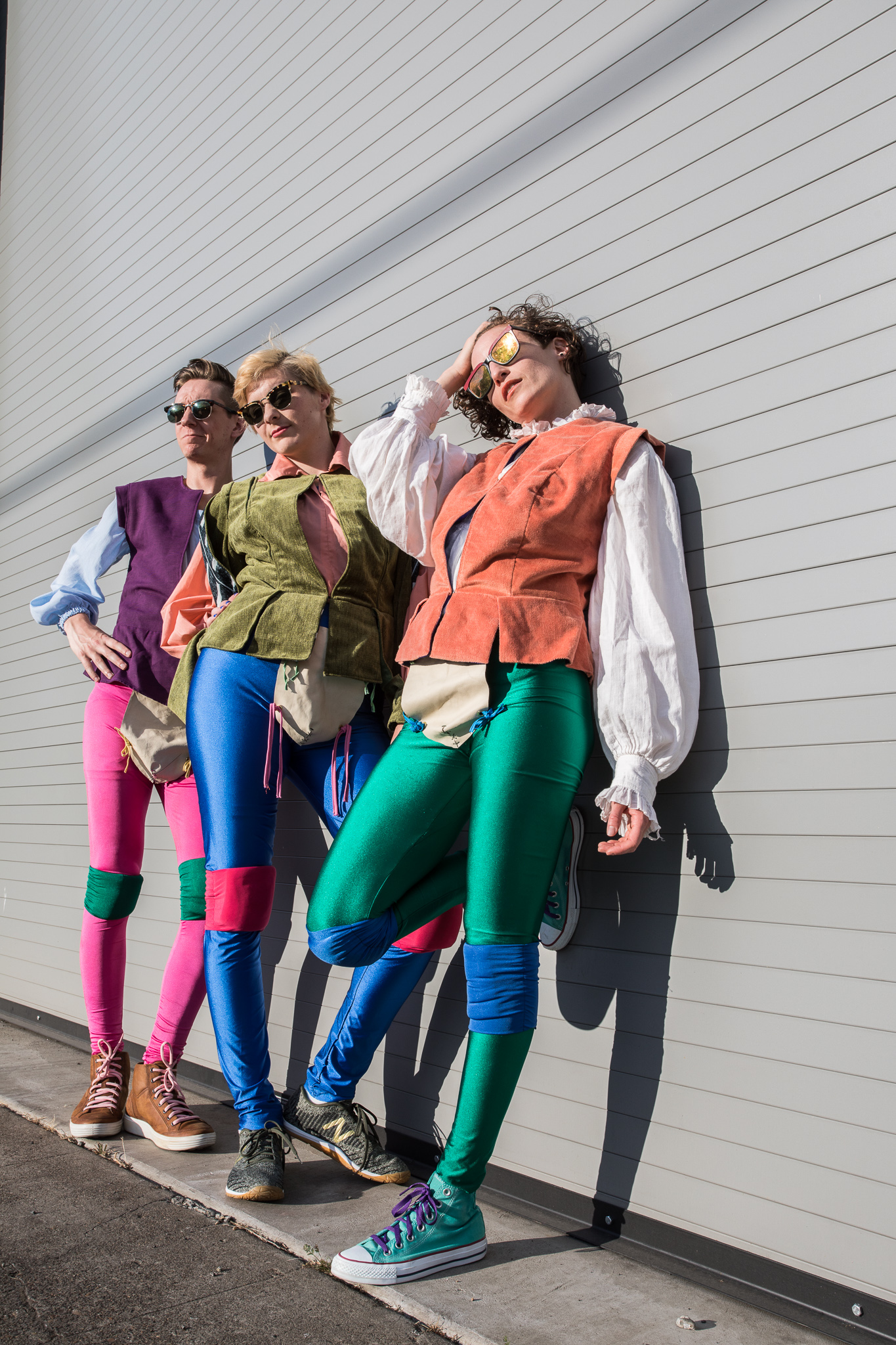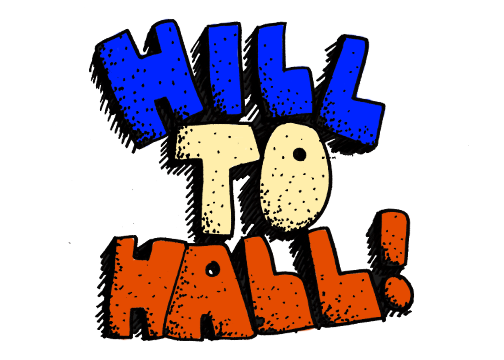Film and dance come together in a symbiotic relationship in the upcoming sixth annual Portland Dance Film Festival, which will be held at the Portland Art Museum from Oct. 7–9.
The event came into being six years ago, after its organizers recognized the lack of representation of dance films in Portland. “Six years ago, we just kind of had this moment of like, ‘I think, I think that Portland needs a dance film festival,’” said Jess Evans, one of the event’s organizers and a founder of the festival. “[We said] I think we have the stuff to do it, and it sounds fun.”
The festival was a success right out of the gate, and six years ago they easily filled out their venue, which was then located in a theater on the Portland State campus. Each year the event grew in size, eventually moving to the Clinton Street Theater and finally to where they are now at the Portland Art Museum’s Whitsell Auditorium. Despite having to go completely virtual in 2020, their numbers remained strong as their audience went from local to worldwide. While numbers did drop during their 2021 hybrid festival, seemingly due to the Delta variant and Zoom fatigue, organizers are confident that numbers will return to normal as people are ready to get back in the swing of things.
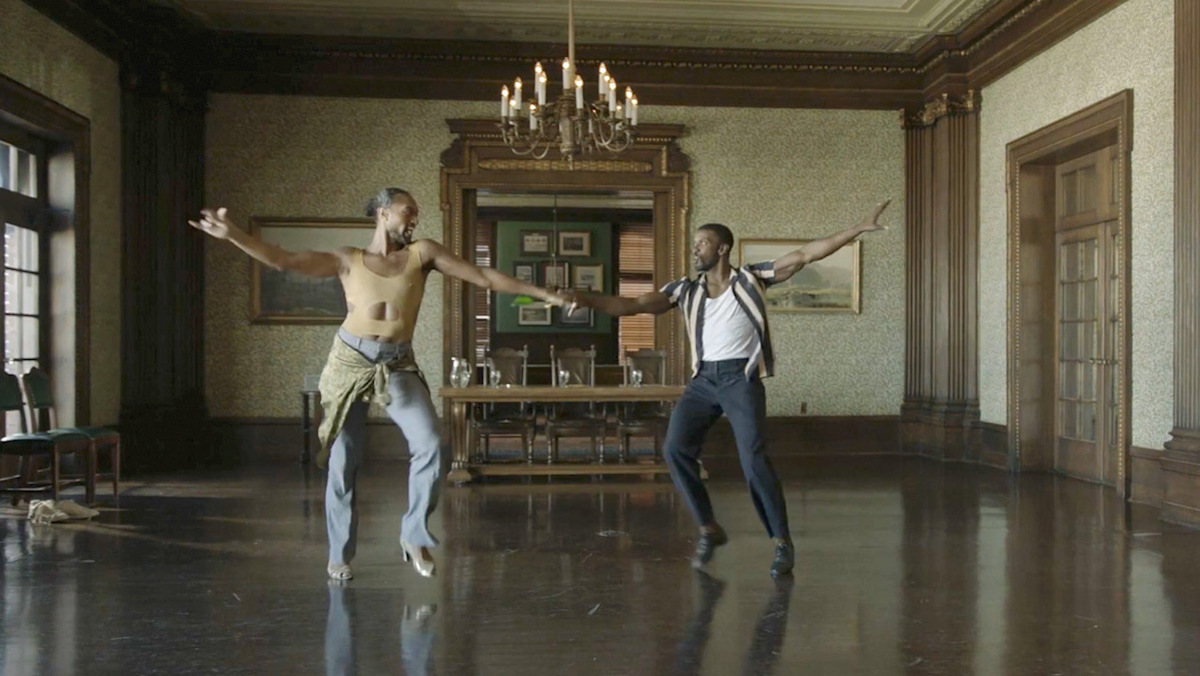
Several films of varying lengths and styles will be screened during the three nights. While the nights do not focus on a particular theme, they are curated to flow from one film to the next seamlessly. “We start just looking at flow generally… Our first night this year has a lot of solos and processing and themes of working through what we’ve all been through as individuals and collectively, and there’s some healing in it,” Evans said.
She said that the later portions of the event see more feature-length films and longer works.
“The second night, we decided to pair some of the longer films together because there’s just a different pace to watching longer films,” Evans said. “We wanted that to be known, so our audience’s nervous systems could settle into a pace and absorb and interact in a more coherent way.”
Given the multiple films each night, organizers said they are confident that viewers will find a way to connect with the material, which is one of the highlights of a film festival format. “Maybe you go in, and you don’t necessarily resonate with the second film,” said Festival Director Kailee McMurran. “You’re getting a variety each night and one of the films is gonna connect with every member of the audience and hopefully, more than one.”
The combination of dance and film was a crucial element to organizers when curating the festival. “What we generally are looking for in a dance film is a marriage between dance and film,” McMurran said. “One thing that I’m always asking myself when I watch the films… ‘is the film and the editing and the cinematography actually adding to the art and elevating it?’”
The film element also adds relatability and accessibility for the average non-dance layperson. “Watching TV and movies, we’re comfortable with that interaction which is why live theater and dance is so amazing, because it’s live,” said festival organizer Tia Palomino. “But in terms of approachability and accessibility, this might be a stepping stone for someone to engage with dance.”
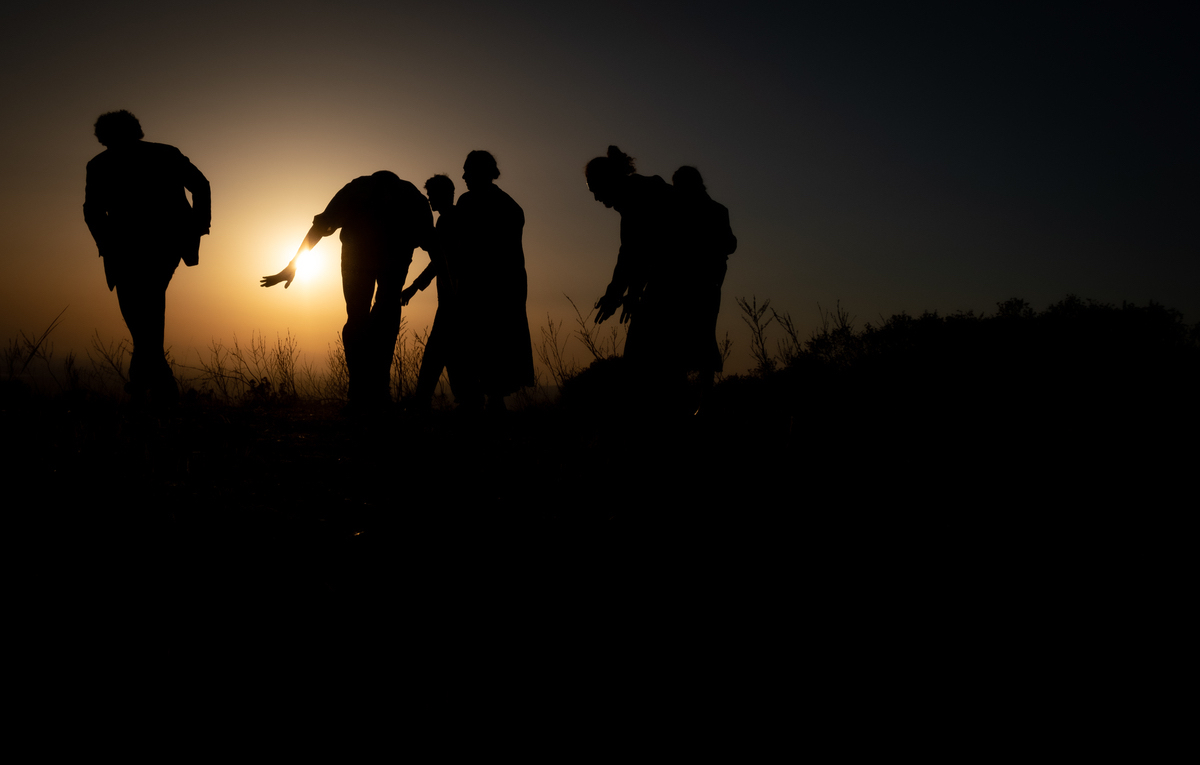
Dance film is ultimately more understandable to lay audiences, and there is an increased opportunity for connection with the material and the story.
“Dance film feels more accessible,” McMurran said. “I think that sometimes when people who haven’t grown up in dance or around dance go and see dance, there’s a little bit of a barrier to understanding or wanting to find the meaning or the story and not finding it.”
McMurran went on to say that the framework of film creates an additional context, which can help orient the audience.
“With dance films, there’s a lot more opportunity to give context to your story or theme or concept with location and props and movie magic,” she said. “I don’t wanna say that, like, dance film is better than a live performance, because I think that they’re equal… But there is something unique to dance film with the ability to give context.”
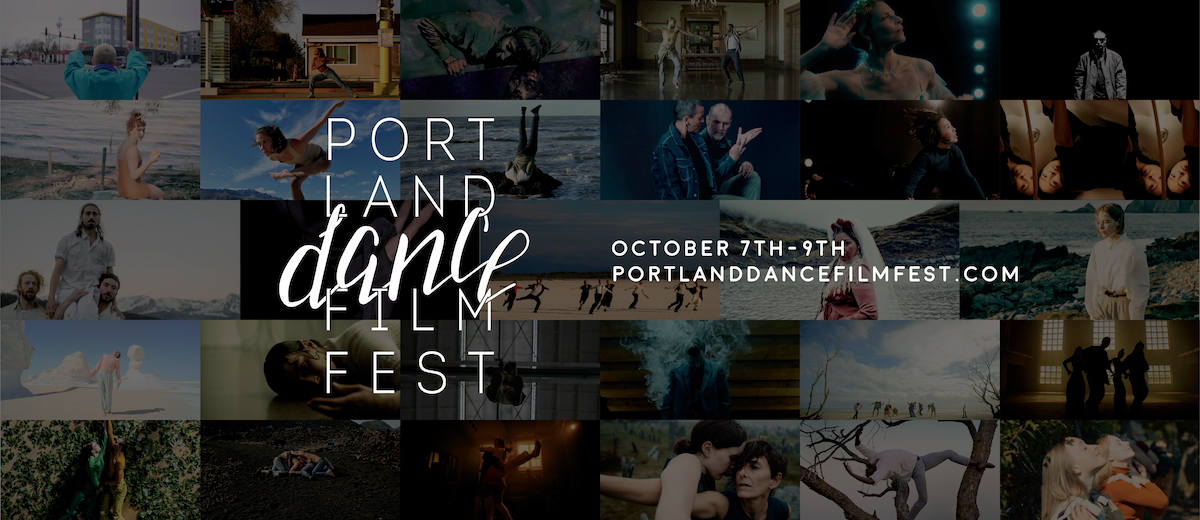
The ability to understand dance can allow more viewers to get the most out of the experience, which can be healing and cathartic for some.
“It’s a different way to engage and learn about other people’s lives, through the body,” Evans said. “I think it touches something different in us. I feel like it’s just really valuable… It kind of sits us into our bodies, and I personally think that’s like medicine for our culture and our society.”
Evans and the other organizers hope that viewers allow these films to cultivate their empathy. As Evans said, “watching so many stories of the body, you can’t really deny it, you know—deny someone’s story and their truth when it’s through the body in that way.”

